As you settle into the driver’s seat of your Jaguar E PACE, you’re surrounded by sleek design and cutting-edge technology – but amidst the luxury, a flashing dashboard light can suddenly turn your attention from comfort to concern. With a multitude of symbols and colors, it’s easy to feel overwhelmed. But what do these warning lights really mean?
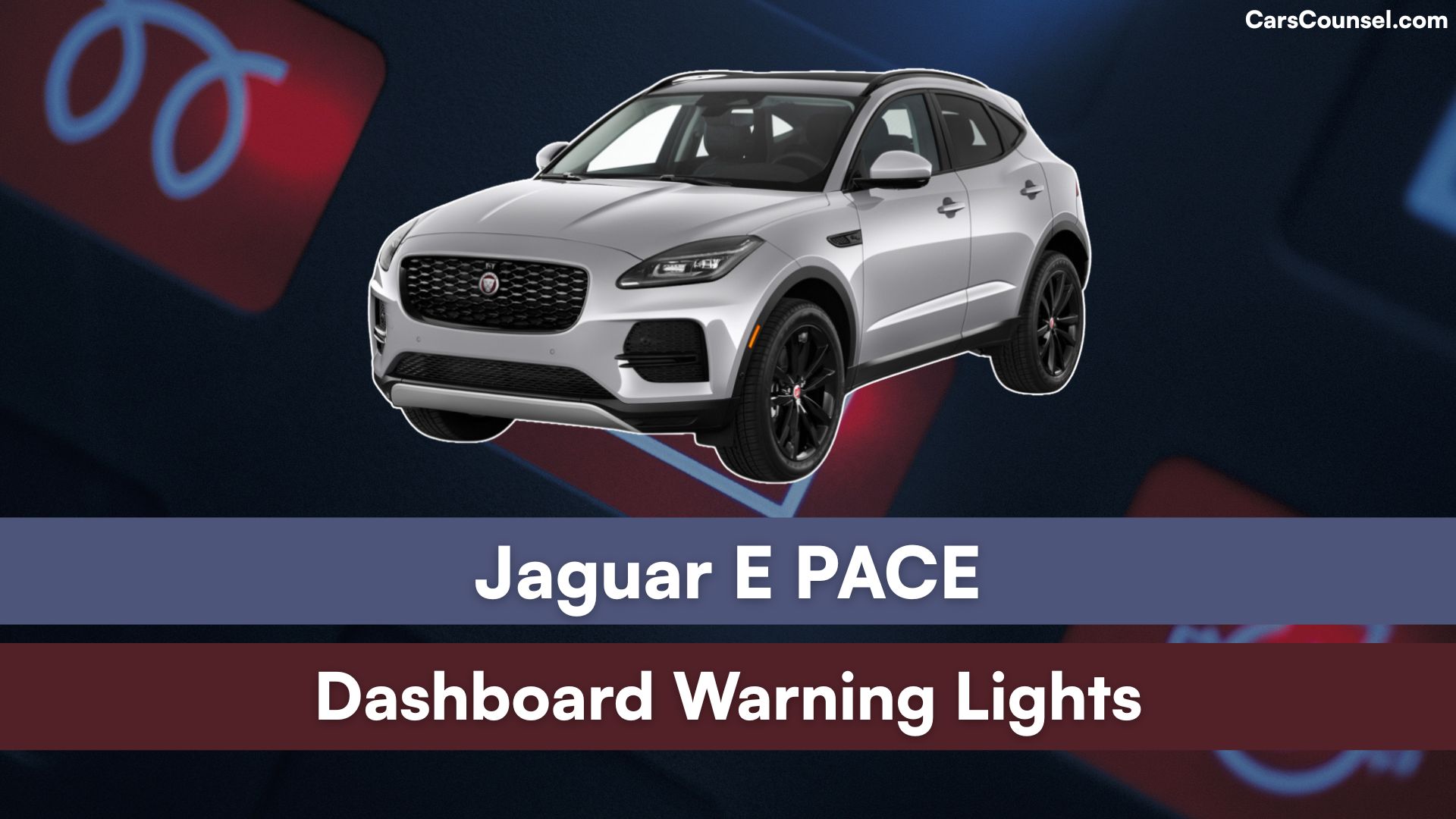
Are they signaling a critical issue that requires immediate attention, or simply a routine maintenance reminder? By understanding the language of your dashboard, you’ll be better equipped to respond to warnings and guarantee a safe, enjoyable drive – but where do you start, and confirm a smooth journey ahead?
Quick Navigation
Safety Critical Warning Lights
Battery Warning Light
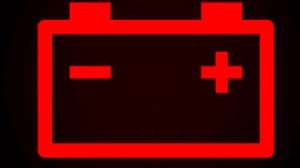
Initially illuminates as a bulb check but should go out when the engine starts.
If it remains on after ignition, do not continue driving.
Brake Warning Light
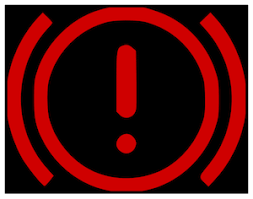
May illuminate in red or amber, indicating a critical brake system failure or worn brake pads.
Engine Temperature Warning Light
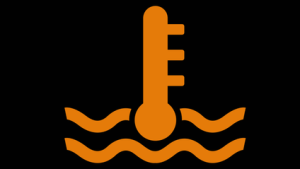
Comes on in red when the engine is overheating, potentially due to a mechanical failure or low engine coolant.
Vehicle Systems and Maintenance
Warning Message Light
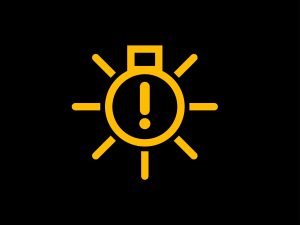
Displays critical and non-critical messages, keeping you informed of your vehicle’s status.
Diesel Exhaust Fluid (DEF) Warning Light
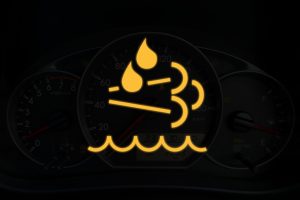
Indicates low DEF levels or system faults requiring attention.
Electronic Parking Brake Warning Light
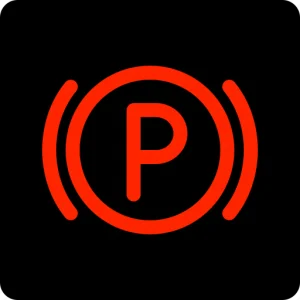
Shows if the brake is properly applied or if a fault is detected.
Driving Conditions and Assistance
Lane Departure Warning Light
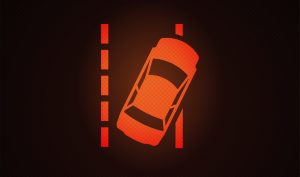
Illuminates in green when the system is enabled and tracking lane lines.
Turns red if you cross a lane marking without using the appropriate indicator, prompting you to correct your course.
Blind Spot Detection System
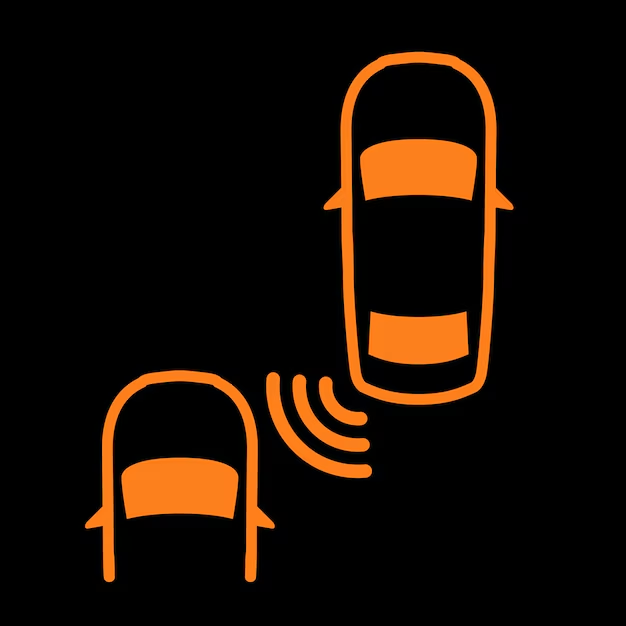
Monitors your vehicle’s blind spots and alerts you to potential hazards with a warning light on your side mirror.
Specific Warning Lights Explained
Low Temperature Warning Light
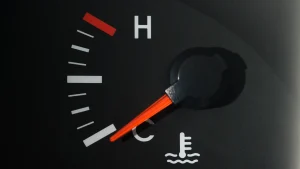
Represented by a snowflake symbol, this light alerts you to low external temperatures, potentially indicating icy roads.
Drive with caution if this light remains lit.
Auto Stop Warning Light
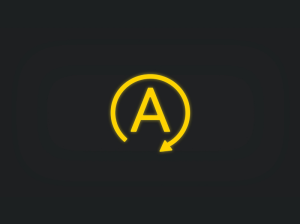
A green symbol indicates when the auto stop system has shut off the engine to improve fuel economy and reduce emissions.
If auto stop is unavailable, a white symbol with a strike-through is displayed.
Engine and Performance Warnings
Low Oil Pressure Warning Light
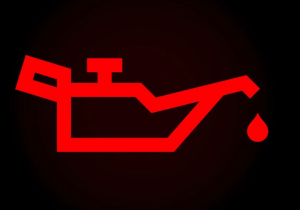
Indicates a fault in your engine’s lubrication system.
Action: Don’t ignore this light, as it can lead to serious engine damage.
Check Engine Warning Light
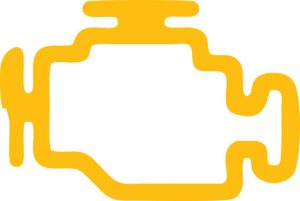
May indicate an emissions fault. Your car might enter limp-home mode to prevent further damage.
Action: Investigate promptly to avoid long-term issues.
Throttle Control Body Warning Light
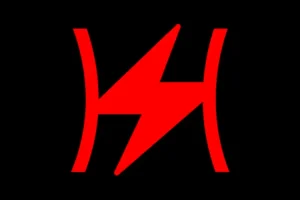
Signals a potential sensor issue or wiring problem.
Action: Address this promptly to avoid affecting engine performance.
Brake System Warning Lights
Red Brake Warning Light
Indicates a critical brake system failure or worn brake pads.
Action: Address this issue immediately to avoid brake failure.
Amber Brake Warning Light

Suggests a minor brake system fault or brake pad wear.
Action: Inspect and resolve promptly to ensure proper functionality.
Safety and Assistance Features
Lane Departure Warning
Alerts you when you unintentionally drift out of your lane.
Dynamic Stability Control
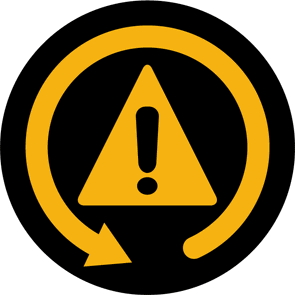
Helps you maintain control in challenging driving conditions by adjusting engine power and braking.
Anti-Lock Brakes (ABS)
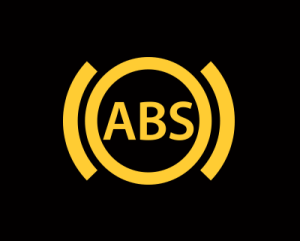
Prevents wheel lock-up during braking, ensuring better steering control.
Airbags

Provide critical protection in the event of a collision.
These features are designed to alert you to potential hazards, assist with vehicle control, and offer protection during emergencies, ensuring a safer and more confident driving experience.
Warning Lights for Maintenance
Diesel Exhaust Fluid (DEF) Warning Light
Indicates a low DEF level, wrong fluid added, or a fault with the system.
Action: Address promptly to avoid emissions issues.
Exhaust Filter Warning Light
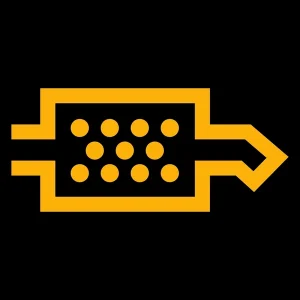
Signals a full or faulty diesel particulate filter (DPF) requiring self-cleaning.
Action: Allow for DPF regeneration or seek service if the issue persists.
Additional Warning Light Symbols
Throttle Control Body Warning Light
May indicate a sensor issue or wiring problem.
Action: Investigate promptly to avoid performance issues.
Low Temperature Warning Light
Signals low external temperatures, which may indicate icy road conditions.
Action: Drive cautiously in such conditions.
Tyre Pressure Warning Light
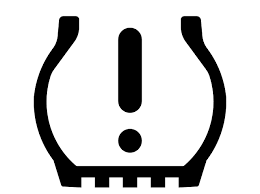
Alerts you to under-inflated tyres.
Action: Check and inflate tyres to the recommended pressure.
Auto Stop Warning Light
Indicates the engine has stopped to improve fuel economy and reduce emissions.
Action: Monitor this light to confirm proper functionality of the auto stop system.
Transmission Fault Warning Light
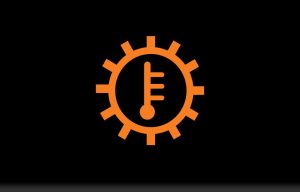
Indicates a malfunction in the transmission system, potentially causing erratic gear shifts. Immediate diagnostics are required to prevent further damage.
Glow Plug Warning Light (Diesel Models)
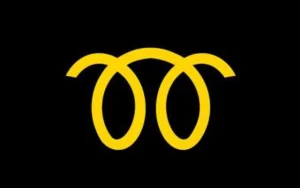
Signals an issue with the glow plugs in cold starts. If flashing, avoid hard acceleration until the system is checked.
Reduced Power Warning Light
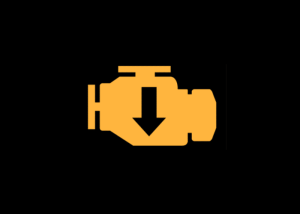
Your vehicle has entered limp mode to protect the engine. Seek professional assistance to resolve underlying issues promptly.
Forward Collision Warning Light
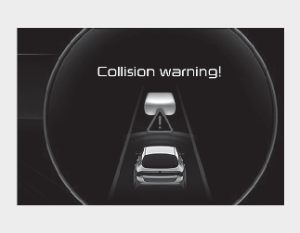
Alerts you to an imminent frontal impact. Prepare to brake or steer to avoid a collision.
Traction Control Malfunction Light
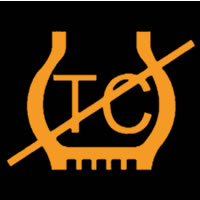
Indicates a fault in the stability system. Drive cautiously, especially in wet/slippery conditions.
Pedestrian Detection Alert
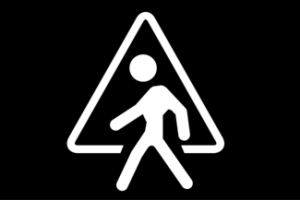
Warns of pedestrians in your path. Always verify visually before relying solely on the system.
Power Steering Warning Light

Low fluid or system failure detected. Steering may become heavier—inspect fluid levels immediately.
AdBlue® Warning Light (Diesel)
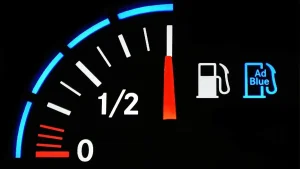
Low DEF fluid or system error. Refill within 200 miles to prevent engine power reduction.
Airbag System Warning Light
Fault detected in the restraint system. Urgently service to ensure crash protection functionality.
Alternator Warning Light
Charging system failure detected. Stop driving to avoid battery drain and potential breakdown.
12V Battery Charge Warning
Low voltage detected. Check battery terminals or charging system to prevent a no-start scenario.
Headlight Malfunction Indicator
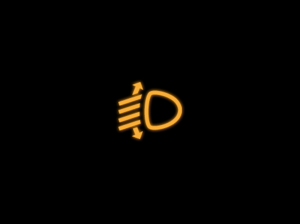
Bulb failure or circuit issue. Replace faulty lights immediately for nighttime visibility and compliance.
When looking at Jaguar, make sure to check out our guides on models like the Jaguar F-PACE, Jaguar I-Pace, Jaguar XF, and Jaguar XE. Understanding dashboard warning lights is essential. Our expert reviews break down what each light means, highlighting common alerts for these models and what they could signal about underlying issues, so you’re never left guessing behind the wheel.
Always consult your owner’s manual when warning lights appear and seek professional diagnosis for persistent warnings to maintain your Jaguar E PACE’s performance, safety and longevity. The vehicle’s advanced diagnostic systems provide detailed fault codes that help technicians quickly identify and resolve issues.

